I want to formula feed my baby
Formula feeding a newborn, exclusive formula feeding, and more
Formula feeding offers all the nutrients and vitamins your baby needs to grow for the first 12 months of life. Newborns who exclusively drink formula need 1 to 2 ounces every two to three hours for the first few days. That's about 8 to 12 feedings in 24 hours. To prepare powdered formula, add water first, then powder, and shake. Tilt the bottle to 45 degrees to reduce the amount of air your baby swallows, and consider paced feeding to avoid overfeeding your baby. Babies who are premature or allergic to cow's milk may require specialized formulas.
Exclusive formula feeding – either right from the start or after a period of nursing – is a healthy alternative to breastfeeding and a safe way to nourish your baby. Formula has all of the vitamins and nutrients that your baby needs to thrive. Your child's doctor will chart your baby's growth and work with you to make sure they're well-fed and growing as expected.
There are plenty of reasons why parents formula-feed. Among them are having a baby with a poor sucking reflex (common in premature babies), prolonged mother-infant separation, painful nursing, concerns that a baby isn't getting enough milk and gaining weight appropriately, the need to return to work, low milk supply, a health problem that requires medication that's not safe for a nursing infant, and a desire to let other family members help feed the baby.
Know that the right way to feed your baby is whichever way works best for your baby and your family. What your baby really needs is your love and attention – both of which you can give your baby no matter how you feed them.
Formula feeding a newborn
When your baby is first born, you'll most likely need to give them ready-made formula, since it's the most sterile. You can start giving your baby powdered formula once they're 2 months old. Otherwise, the main difference between formula feeding a newborn and an older baby is the amount you'll give and the frequency with which you'll offer the bottle.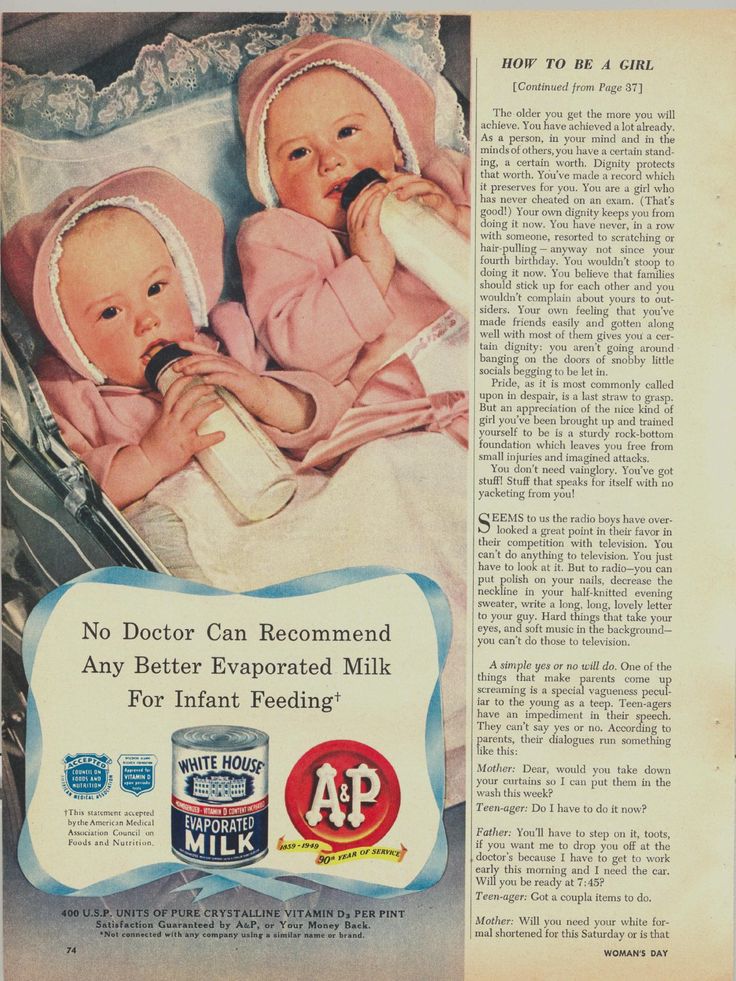
Because your newborn's stomach is still tiny, they can only eat small portions at each feeding. Similar to breastfed newborns, for the first few weeks formula-fed newborns will eat eight to 12 times in 24 hours. Eventually, by around 6 months of age, formula-fed babies will take a bottle just four or five times per day.
How much formula to give a newborn
Newborns can often only handle about 1 to 2 ounces of formula every two to three hours for the first few days of life (though you can offer more if your baby is still showing signs of hunger – it's always best to listen to your baby's cues).
By one month, many babies are consuming 4 ounces of formula every four hours. The total amount of formula to give your infant adds up to about 2.5 ounces per pound of body weight each day.
How to bottle-feed a baby
The key to bottle-feeding your baby is holding them in your arms at a 45-degree angle. This helps cut back on the amount of air they swallow, which in turn reduces the amount of uncomfortable gas in their tummy. Make sure the nipple is completely full of formula, not partially filled, to reduce the amount of air your baby swallows. If your baby seems squirmy in the middle of a feed, burp them before continuing.
Make sure the nipple is completely full of formula, not partially filled, to reduce the amount of air your baby swallows. If your baby seems squirmy in the middle of a feed, burp them before continuing.
Paced bottle feeding is one popular bottle-feeding method that puts your baby in control of how much they eat, to help prevent overfeeding. Make sure to choose the right bottle (look for a slow-flow, wide nipple version), take breaks every 20 to 30 seconds, and watch for your baby's fullness cues (turning their head away from the bottle, for example).
Commonly asked formula questions
How to prepare formula
Before you start preparing formula, wash your hands and have a clean work space, clean bottles, and safe water on hand. Tap water is usually fine, unless you have concerns about your local water safety – in which case it's best to use bottled water or boiled tap water.
Follow the instructions on the container of formula and use the included scoop. You'll always add the water first, then the formula.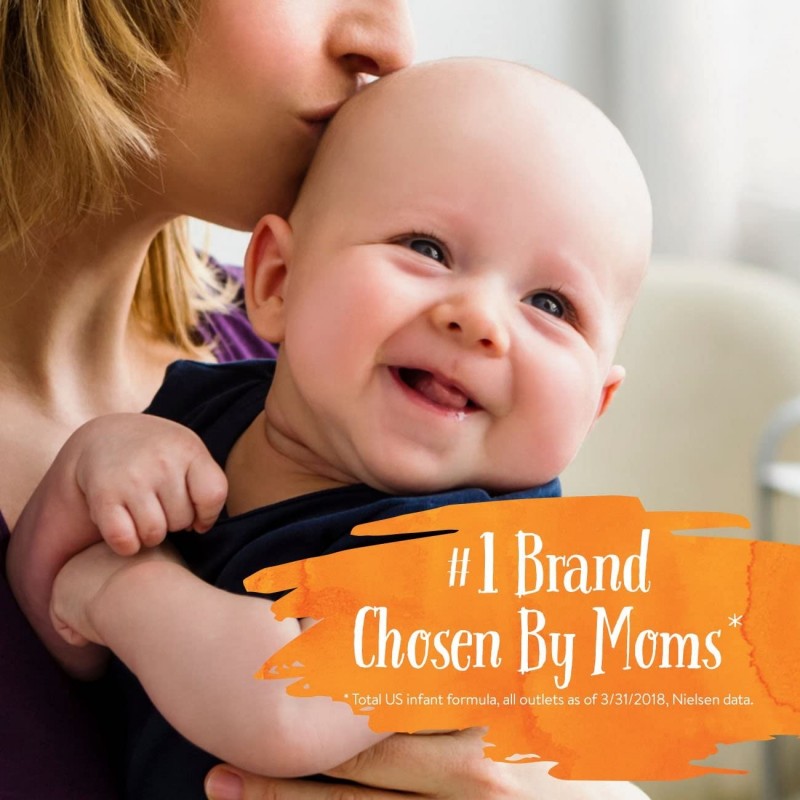 Attach the nipple and shake well. Let the bubbles settle for a few minutes after shaking before feeding it to your baby to help reduce gas.
Attach the nipple and shake well. Let the bubbles settle for a few minutes after shaking before feeding it to your baby to help reduce gas.
You can warm refrigerated bottles using a bowl of warm water, a bottle warmer, or running warm water; never use a microwave, which heats milk unevenly and can burn your baby.
Find out more about preparing formula safely.
Signs of a formula allergy
Cow's milk protein allergy is relatively common, affecting 2 to 3 percent of babies under the age of 1 (though many grow out of this allergy by the time they're a year old). Babies can also be allergic to soy, another ingredient used in formula.
The most common signs of a formula allergy include stomach issues such as vomiting and diarrhea, green, mucus-y stools, or blood in the stool. Extreme fussiness and gassiness could also be a sign of an allergy, as well as skin rashes, eczema, and hives.
If you're concerned your baby is allergic to formula, talk to their doctor about whether you should switch to a hypoallergenic, extensively hydrolyzed formula.
Find out more about formula allergies.
Types of formula
Most formulas are made from cow's milk or soybeans (for soy formula). Babies who are allergic to milk or soy proteins, as well as those who are premature or have a low birth weight, may require specialized formulas. To prevent anemia, make sure to get iron-fortified infant formula.
Types of formula include powdered formula and liquid concentrate, which you'll prepare with water, and ready-to-feed formula, which you can feed your baby right out of the bottle it comes in.
To find out more about choosing the best formula for your baby, talk to your baby's doctor.
Keep in mind that cow's milk isn't recommended until after your baby's first birthday. Until then, avoid feeding your baby cow's milk (unless you don't have anything else to give your baby because of a formula shortage; then you can give your baby under a year old cow's milk for about a week). It doesn't have the proper nutrients in the right proportions for a growing infant, plus it can cause digestive troubles.
Also steer clear of homemade formulas. These can lead to serious health problems for babies.
Find out more about types of baby formula.
How to switch formula
If you need to switch formulas for any reason, it's usually perfectly fine to do so as long as the main ingredients (e.g., cow's milk or soy milk) are the same. Just avoid switching from a specialized formula (such as an extensively hydrolyzed formula for babies with milk allergies) to another type of formula (such as soy milk formula) without talking to your child's doctor first.
Your baby may very well drink a new formula without any issues. But since ingredients and flavor can vary slightly from brand to brand, they might initially protest. If that's the case, try introducing the new formula gradually, over several feedings, so your baby can get used to it.
Find out more about switching formula.
How much does formula cost?
Families who exclusively formula-feed their baby can expect to pay between $400 to $800 per month for formula.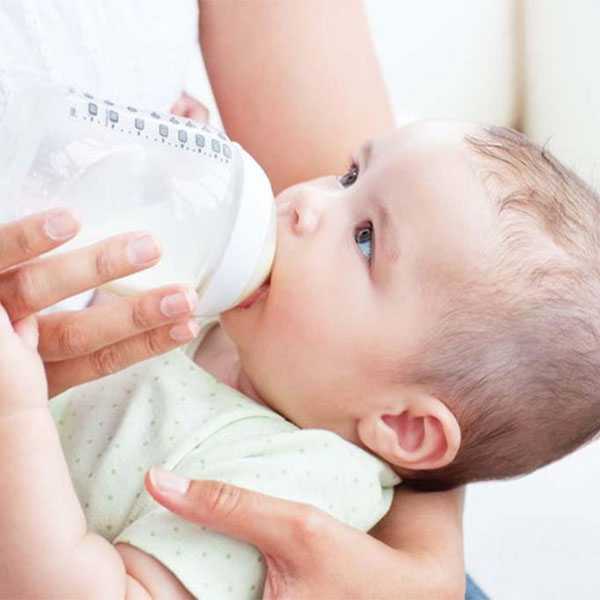 Cost varies based on the brand (some are significantly pricier than others), as well as whether you're using more expensive ready-to-feed formula.
Cost varies based on the brand (some are significantly pricier than others), as well as whether you're using more expensive ready-to-feed formula.
Keep in mind that your baby will drink formula exclusively for the first four to six months of life. But even after your baby starts eating solid foods, their formula intake won't decrease much until they're about 9 months old.
Find out more about formula and other baby expenses.
When do babies stop drinking formula?
You can stop feeding your baby formula at 12 months of age, at which point they can begin drinking full-fat cow's milk. Most toddlers love milk, but if yours doesn't take to it, you can phase it in slowly by mixing milk with their formula.
Find out more about when and how to stop giving your baby formula.
advertisement | page continues below
Formula Feeding FAQs: Getting Started (for Parents)
Whether you plan to formula feed your baby from the start, want to supplement your breast milk with formula, or are switching from breast milk to formula, you probably have questions.
Here are answers to some common questions about formula feeding.
What Supplies Do I Need?
Start with the basics:
- formula
- water (tap water is fine, but use bottled if you are concerned about water safety)
- bottles
- nipples
Keep burp cloths and a bottle/nipple brush handy.
You don’t need a bottle sterilizer, but do sterilize bottles and nipples by boiling them for 5 minutes before the first use.
What Kind of Bottle Should I Use?
Bottles come in different shapes and sizes. They can be made of glass, plastic, silicone, or stainless steel. Here are some differences:
Plastic bottles are now "BPA-free"— meaning they don't contain the chemical bisphenol A (BPA). This chemical may be harmful and is found in some plastics, but is banned from baby bottles. Years ago, some plastic baby bottles had BPA in them, but none do now.
Glass bottles. Glass bottles can cause injury if broken, but silicone sleeves make them easier to grip and help prevent breaks.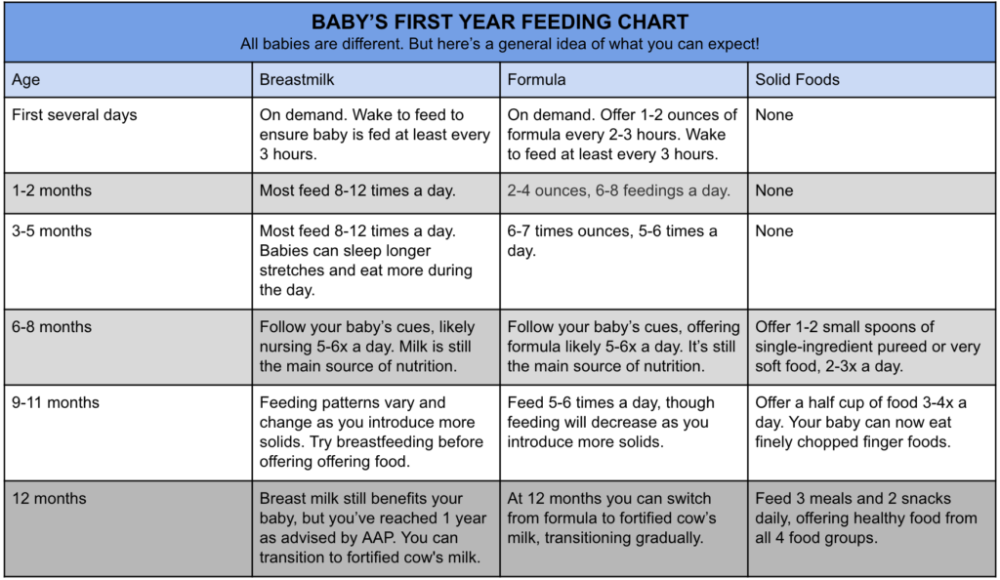
Silicone bottles and stainless steel bottles are newer options. They are unbreakable but tend to be more expensive than plastic or glass.
Some babies do better with certain bottle shapes, vented bottles, or bottles with liners on the inside. You may need to try a few kinds before you find what works best for you and your baby.
To get you through the first week or so, be sure to have enough formula, water, bottles, and nipples.
Over time, you may want to buy more or different kinds of bottles. You also may find it's worth getting other supplies, like a bottle drying rack or special dishwasher basket.
What Kind of Nipple Should I Use?
Nipples can be made of silicone (clear) or latex (brown) with many different shapes. The varieties include standard or traditional nipples, orthodontic nipples, wide-based nipples, and flat-top nipples. Use whatever type your baby seems to prefer.
Nipples also often come in different numbers, "stages," or "flow rates" to reflect the size of the nipple's hole, which affects the flow (i. e., slow, medium, or fast) of formula or breast milk. The holes get bigger as babies get older and are ready to handle faster flows of milk. Flows that are too fast can make younger babies gag by giving them more milk than they can handle. Slower flows may frustrate some babies and make them suck harder and gulp too much air.
e., slow, medium, or fast) of formula or breast milk. The holes get bigger as babies get older and are ready to handle faster flows of milk. Flows that are too fast can make younger babies gag by giving them more milk than they can handle. Slower flows may frustrate some babies and make them suck harder and gulp too much air.
Start your newborn on the slowest flow nipple. As your baby gets older, you can increase the flow if you want to. Some babies may be content throughout infancy to use the same kind and size of nipple. If your baby seems fussy or frustrated with the nipple, try a different kind (like one with a larger hole) to see if it makes a difference.
How Often Should Nipples Be Replaced?
That depends on how the nipples you use hold up to cleaning and everyday use. Check them regularly for signs of wear and replace them about every 2 months or sooner if you notice tears or damage.
What Type of Formula Should I Use?
Many different formulas are available these days. Ask your doctor which kind is best for your baby.
Ask your doctor which kind is best for your baby.
Do not try to make your own formula at home. Online recipes may look healthy and promise to be nutritionally complete, but they can have too little — or too much — of important nutrients and cause serious health problems for your baby.
There are many different brands of formula, and all that are made in the United States (name brands, store brands, and generic) must meet strict nutrition and safety standards.
Formula types include:
- cow's milk-based formulas. Most formulas are made from cow's milk. These formulas have added iron, which babies need. Use only iron-fortified formula, unless your doctor advises you not to.
- soy-based formulas. These are for babies born with congenital lactase deficiency or galactosemia. This type of formula is also used by parents who do not want their babies to eat animal protein. Give only iron-fortified soy formula, unless your doctor says otherwise.
 (Many babies who are allergic to cow's milk also are allergic to the protein in soy formulas, so soy-based formulas generally don't help with milk-protein allergies.)
(Many babies who are allergic to cow's milk also are allergic to the protein in soy formulas, so soy-based formulas generally don't help with milk-protein allergies.) - hypoallergenic formulas for babies who can't tolerate cow’s milk or soy formulas, like those with allergies to milk or soy proteins. The proteins in hypoallergenic formulas are broken down so they are easier to digest.
- specialized formulas. These are designed for premature babies.
How Do I Prepare Formula?
Formula comes in three basic forms:
- powders that require mixing with water and cost the least
- concentrates, which are liquids that require diluting with water
- ready-to-use (or ready-to-feed) liquids that can be poured right into bottles. These are the most expensive but are convenient if you're traveling or can't get to a clean water supply.
Carefully follow directions on the label when preparing formula. Do not add more water than directed.
Do not add more water than directed.
Whatever formula you choose, check the expiration date on all cans and bottles of formula, and don't use formula from leaky, dented, or otherwise damaged containers. Do not water-down formula — this is dangerous, as it reduces the amount of nutrients in each bottle.
Formula Can Be Pricey. How Can I Save Money?
Shop around for the best deals on the formula you've chosen:
- Take advantage of the free samples and coupons sent to you in the first few months after your baby is born.
- Clip coupons and sign up for online coupon clubs and apps that let you print and save coupons.
- Sign up for formula companies' clubs and special programs (through the mail or online) that may offer discounts, coupons, and/or free formula and other products.
- Compare prices on formula at online retailers. Some online stores have special "mom" clubs that let you save regularly on some products every month.
- Check for specials at your grocery store, baby store retailer, or local wholesale/bulk items store.
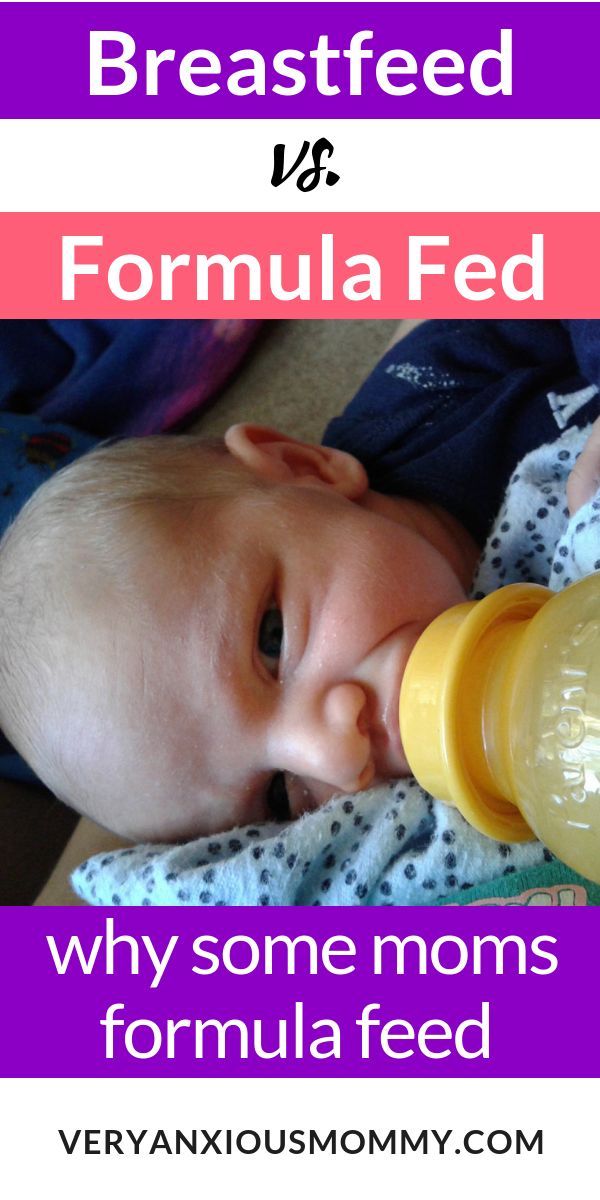
What if I Need Help Paying for Formula?
If you can't afford formula, talk to your doctor or call 211 to help you find local resources. You and your family may be eligible for assistance through:
- Special Supplemental Nutrition Program for Women, Infants, and Children (WIC)
- Supplemental Nutrition Assistance Program (SNAP)
- Temporary Assistance for Needy Families
Don't want to breastfeed
#2
#3 I have a fad in my head, judging by the fact that women under 3 years old can feed.
My chest hurts constantly and all these sensations were extremely unpleasant for me. I expressed milk, but the child very soon showed intolerance to my milk, so I stopped giving it altogether.
#4
IMHO, gw is just very convenient.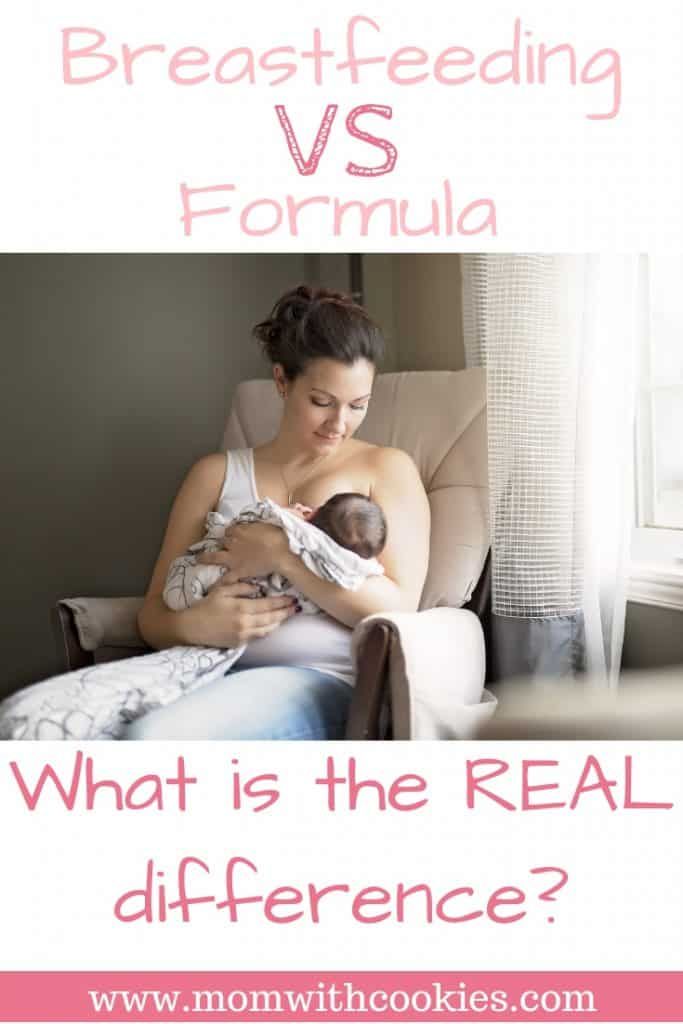 no need to run around with bottles, takes care of where and how to dilute the mixture.
no need to run around with bottles, takes care of where and how to dilute the mixture.
I didn't have any congestion, neither did my friends. try it and then decide.
about feeding more often - this is how it goes. My child ate normally, every 3 hours.
#5
#6
#6
What will be next?
#7
#8
So I don't believe in mother's milk now. I DO NOT BELIEVE.
#9
My mother breastfed me, I always have problems with my teeth, I was always on an appointment with the dentist, I was often sick, etc. My child is almost 2 years old, she has never been seriously ill, only once she had a runny nose, she caught it in the fall in the clinic during the epidemic.
This is my story, yours will be different, maybe everything will be easy for you, girls were lying with me, they had no problems with feeding, probably from my mother, she also had "tight" breasts
#11
so that there are no stagings - express yourself after each feeding until the baby grows up and will suck out all
#12
#13
ona
in my opinion, healthy teeth and immunity do not depend on breastfeeding, these are genes, if parents have bad teeth, then such teeth will be transmitted to the child. Nonsense all this.
Nonsense all this.
#14
#15
9000 9000 9000
#18
#19
So I do not believe now in favor of mother's milk. I DO NOT BELIEVE.
I also did not feed (5 days in the maternity hospital does not count) because I did not want "spaniel ears" in the future
The child is healthy and there were no problems. Teeth at 13 without a single hole.
Author, give an injection that stops lactation and feed calmly with formula. The child will grow up normally. And you will have beautiful breasts.
The child will grow up normally. And you will have beautiful breasts.
#20
2010, 02:54
#23
Woman.ru experts
-
Vera Vladimirovna Zolotykh
Psychologist
144 answers
-
Galimov Ildar
Family psychologist
138 answers
-
Maxim Sorokin
Practicing psychologist
674 answers
-
Alla Buraya
Psychologist
51 answers
-
Tatyana Fedorova
Psychologist-consultant
15 answers
-
Maria Burlakova
Psychologist
129 answers
-
Yulia Lekomtseva
Cosmetologist
254 answers
-
Ekaterina Nesterenko
Psychologist
21 answers
-
Nikita Nosov
Practicing psychologist
34 answers
-
Rogovtsova Natalia
Nutritionist, gastroenterologist
2 answers
#24
#25
It is also necessary to feed the prevention of breast cancer.
#26
breast milk is digested easier and faster than formula. artificials can eat every 4 hours, while naturals sometimes need to be fed every 2 hours.
I have been breastfeeding for 11 months and I have no regrets, at first it was hard, then I got used to it and am very glad that I did not quit. And it is not necessary to express at all, only if you leave this milk for "later".
PS for those who blame everything on the chest, like, if you feed, then you are a klutz - you can go to the garden. The chest, although it sagged a little, has already returned to normal. Everything is beautiful and taut, even the shape has become better. It would be a desire to take care of yourself.
#27
Invented stories
-
I am infuriated with my children and grandchildren .
 .. 567 answers
.. 567 answers -
691 all the property is registered to the children
596 answers
-
Such a salary - I don’t want to work
407 answers
-
A lie 22 years long. How to destroy?
715 answers
-
Husband left, 2 months of depression... How will you cope if you are left all alone?
165 answers
#28
9000 #29
Noble ladies never breastfed before. After childbirth, the chest was tightened with a bandage and a nurse was hired - a village woman, she fed the offspring of noble ladies.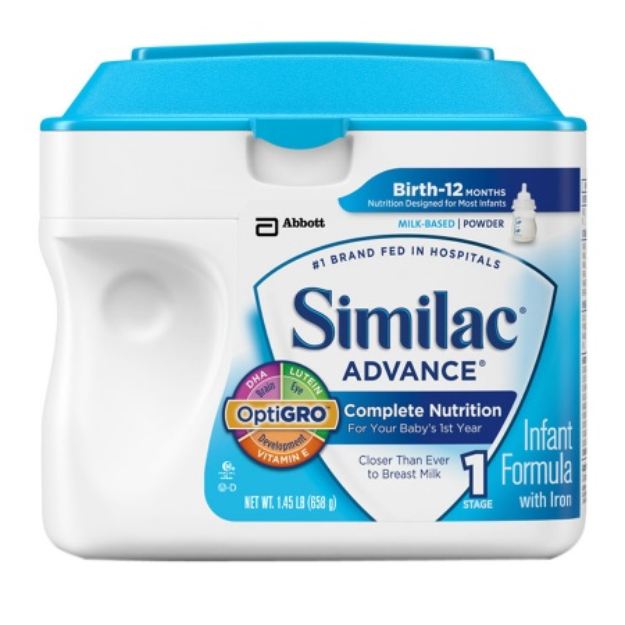
Sometimes they tightened it with a bandage even BEFORE childbirth, so that huge milkings would not grow.
#31
Breastfeeding is EASIER, more sterile, more convenient, CHEAPER.
They eat the same way, from the breast, from the bottles. If you are afraid that you will have no time to eat, then it is on artificial mixtures that you will have no time. Eternal running. And with your chest lay down calmly, and you sleep on, beauty at night, you can get enough sleep.
In short, I do not believe in the special benefits of breastfeeding, but the fact that it is more sterile and CHEAPER, and the mother lives quietly, not very tired, again, the prevention of female diseases, you can not argue. For two of me, 40 thousand rubles a month flew out. And these were not the most expensive mixtures we had.
A breast changes during pregnancy, not during lactation.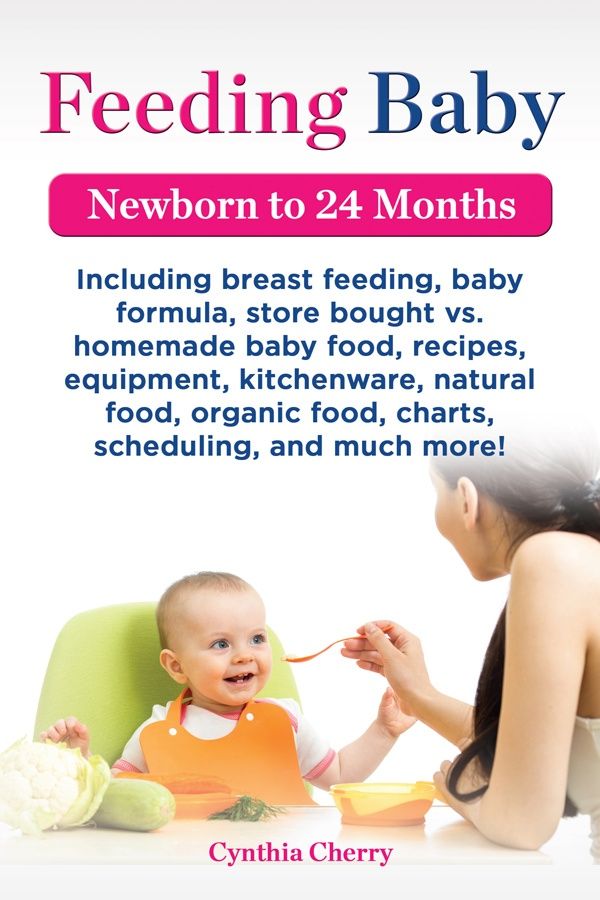
Therefore, if you are so tired and want to rest, choose breastfeeding, you will get enough sleep.
#32
It is also not necessary to feed up to three years)) I, in principle, am against feeding a running and talking child, but this is my personal IMHO.
#33
Guest
You also need to feed because it is the prevention of breast cancer.
Related. Author, do not want - do not feed. There is a purely psychological rejection - do not force yourself, it is not necessary. I also did not breastfeed and nothing, no one died. Two children are absolutely healthy. Unlike the children of my girlfriends who grew up on breastfeeding - some are allergic, some suffer from stomach problems. When we were children, when we came to the doctor, we were surprised when we looked at the map.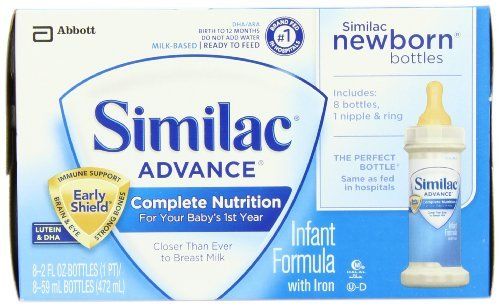 Moms were sitting nearby, so they already have the second volume of this card :)
Moms were sitting nearby, so they already have the second volume of this card :)
By the way, I also can't understand fanatics who breastfeed for up to three years. At this age, it is already necessary to select a healthy balanced diet, which is much more difficult than shoving a boob. They just don't want to bother, in my opinion. Last year, we rested with my family at the sea, on the beach all the time - children of 4-5 years old, mothers calmly took off their swimsuit tops and shoved their breasts to a child who is already reading a book. Ask our people to pray to God - they will break their foreheads0006 #34
#35
guest
girls, so many people say: GV is convenient, always with you, etc. And for me, it's quite uncomfortable and awful. We went for a walk, the child cried. How to calm down? not to get it on the street! And in the store? and visiting? What about waiting in line at the clinic? I always have a purse with a thermos, a formula and a bottle with me, and I prepare the mixture anytime, anywhere. IV - that's what's convenient! I’m not talking about benefits, because. everyone is different. 91 What to cook for a child with an allergy to wheat, milk and egg white?
IV - that's what's convenient! I’m not talking about benefits, because. everyone is different. 91 What to cook for a child with an allergy to wheat, milk and egg white?
16 answers
Continuing breastfeeding
3 answers
